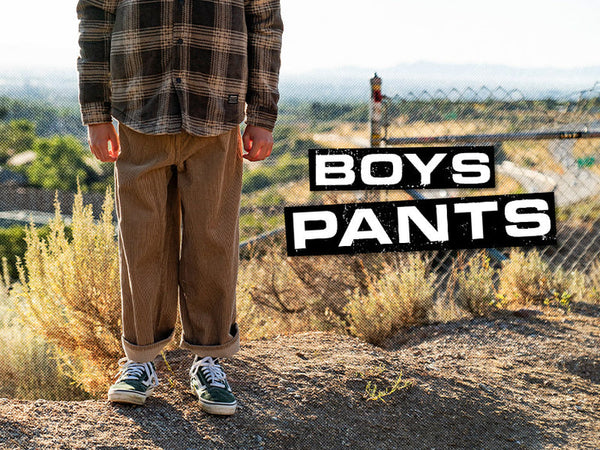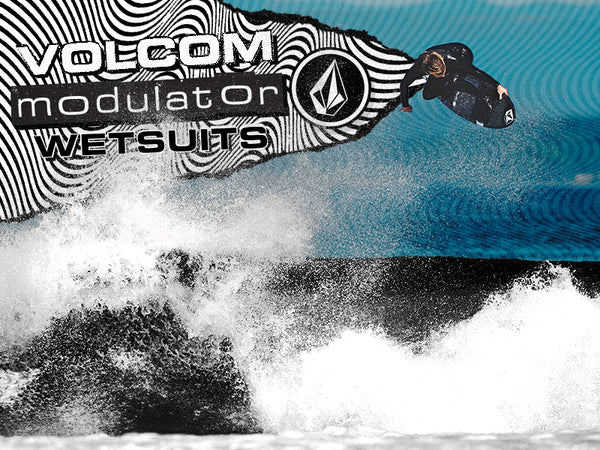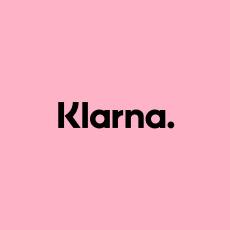Hemp Introduced in Volcom Products More Than 10 Years Ago and It's Back in a Big Way
Learn about the great benefits of hemp fibre and see why Volcom first used hemp in products more than 10 years ago!
At Volcom, we’re envisioning a New Future where our oceans are strong, our climates are stable, and our societies are fully engaged. We are not new to this, we are True To This. In fact, this general vision dates back nearly more than a decade and it was back in 2006 when Volcom introduced hemp into the line for the first time. It was featured in a small collection which eventually helped us launch what was then called the V.Co-logical Series, Volcom’s first foray into more sustainable fibres, fabrics and processes.
That program has continued to thrive and while we let go of the V.Co-logical branding, we have not let go of the commitment to making our products in a less impactful manner. In fact, an entire line of Volcom Stoneys Boardshorts are enhanced with hemp fibres. Better fibre sourcing is an important priority in our sustainability strategy, and hemp, considered one of the oldest fibres to be used in textiles, contributes greatly to the portfolio and ongoing sustainability mission.
IN THIS ARTICLE:
- What is hemp?
- Why you should care about hemp
- Product facts and benefits of hemp
- Volcom product containing hemp
- Technical talk
- Moving forward
WHAT IS HEMP?
- Hemp is derived from Cannabis sativa, a flowering plant species that has been widely grown for its industrial and medicinal uses and effects of its derived products. Hemp is said to be one of the first plants that was introduced into society and its common marketplace 10,000 years ago as a usable fibre.
WHY YOU SHOULD CARE ABOUT HEMP
- We have found that upwards of 65% of the environmental impacts associated with our products are from raw material sourcing and processing, so when we source better, more sustainable-based materials such as fibres, we reduce our impacts. That means as a customer, when you buy products made with recycled, organic, or hemp fibres, you are creating more demand for products that have a lower impact to the environment.
- Growing crops for textiles results in environmental degradation that can have an impact on people and our planet. Additionally, crops require a lot of energy, water, waste, and land use. Hemp performs well in each of these areas.
PRODUCT FACTS AND BENEFITS OF HEMP
- Hemp is a wonder fibre with at least 30,000 uses. The seed, the oil and the fibre are found in foods, beauty products, cleaners, paper, building materials, fuel, and in our case, textiles.
- Hemp, right next to linen (flax) has been used to make textiles since ancient times – we’re talking 2800 BC in China (it’s native to central Asia). In fact, hemp translates to cannabis in Latin, and apparently is the root word for “canvas,” used for making sails for boats.
- Hemp has an amazing history, not just in the United States, but throughout the world. It’s been said that it’s one of the oldest plants that has been in continuous use by human civilization, perhaps even the world’s first agriculture crop potentially leading to the development of civilization itself!
- A great bang for the buck as hemp produces up to 3x more fibre per acre than cotton.
- Hemp fabrics are known for their excellent breathability, strength, versatility, adaptability, moisture absorbency, and naturally occurring antimicrobial features. It keeps you cool on the hot days and warm on the cold days.
- Hemp is a resilient, low maintenance crop which requires very little in terms of chemical inputs during its growing season.
- Hemp cultivation is associated with little waste as nearly all the by-products are used in one way or another.
- An annual plant, hemp grows relatively quickly (more than 4’ in month) and because it has a deep root system, it suppresses weeds and requires little, if any, pesticides. It leaves the soil in excellent condition for the next round of crops.
- In a study by the Stockholm Environment Institute that measured the ecological footprint, hemp was ranked lowest when compared to cotton and polyester (Volcom’s #1 and #2 fibres in terms of quantity). Mostly thanks to the high crop yields per hectare.
TECHNICAL TALK
Hemp is a bast fibre (similar to flax and jute) and is made by extracting the woody fibre from the stalk by a process called retting which separates the fibre from the stems. Retting is done with either natural bacteria by a process called dew retting, natural water retting (standing and/or moving water), or water retting, which is done with either chemicals or enzymes.
After the retting process, the stems go through additional processes to further remove fibres from the woody core. Those fibres are then combed and spun in preparation for textile manufacturing.
MOVING FORWARD
Because of its awesome sustainability profile, and because so much our impacts come from raw material sourcing and processing, you’ll likely continue to see hemp in Volcom products. As of now, most of the hemp we acquire is grown in China. In the US, it’s contingent per state, with 39 states currently allowing the cultivation of industrial hemp for research and pilot programs. If you’re a fan of the benefits that industrial hemp offers, especially in your apparel products, keep an eye on development of the Hemp Farming Act of 2018. Introduced by Senator Majority Leader Mitch McConnell, S. 2667, if passed, would remove federal roadblocks to the cultivation of industrial hemp, the non-drug agricultural varieties of Cannabis in the US.
VOLCOM PRODUCT CONTAINING HEMP
We offer hemp in the Volcom Stoneys Boardshorts which contain a blend of hemp fabric. Try out a pair for yourself and experience how hemp fibres provide extra strength and durability.

















 Back
Back